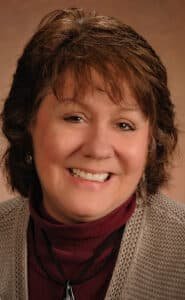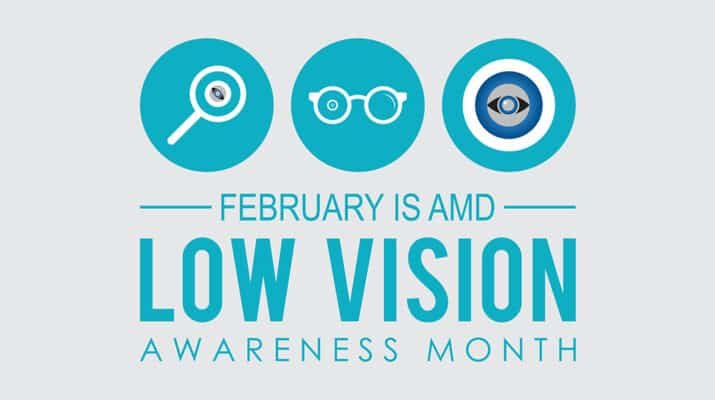With the increase in demand and fewer providers, people with low vision may not receive needed help
By Deborah Jeanne Sergeant
A2021 study published in JAMA Ophthalmology states that 20% of those 85 and older in the US experience permanent vision loss.
Many causes for vision loss relate to advanced age. As the baby boomer generation grows older, this will increase demand for more care for those with low vision. But since the pandemic, the number of providers has decreased. This presents a significant problem for people with vision loss.

“I think there’s always been a shortage of people prepared to deal specifically with the functional needs of individuals losing their vision, whether an ophthalmologist, rehabilitation and teachers,” said Anne Costa, vice president of programs for Aurora of Central New York in Syracuse. “There are many low vision services that are low-tech, easy to apply in their lives that will make a huge difference in their ability to cope with a vision loss. We’re here to help.”
Providers of services to people with vision loss include people like certified vision rehabilitation therapists (CVRT), certified orientation and mobility specialists (COMS) and on the clinical side, ophthalmologists and optometrists who specialize in low vision eyecare. The therapists’ focus is helping people with low vision function better in their home and work environments. The clinical providers help patients optimize the vision they have left.
Costa said that one reason for the shortage — locally at least — is that it’s tough to attract providers to New York.
“If you have an orientation mobility instructor who works outside, will he want to work in Florida or New York?” she posed.
In addition, she said that New York doesn’t have licensing for rehabilitation teaching or orientation mobility, which means lower reimbursement rates. On the medical side of low vision care, the exams tend to take four to five times longer than an exam for someone with average vision. This means lower reimbursement for the provider.
Because most people tend to settle down near where they attended school — at least for a few years — this keeps people with CVRT training away from the Central New York area. Only about 40 CVRTs and 116 COMS live in New York.
She attributed the shortage in part to a lack of knowledge about the profession.
“We continually struggle with getting the word out,” Costa said. “There are so many people with vision loss that think their lives are over. You don’t think of it until it happens to you.”
It’s also tough to justify returning to school when jobs are plentiful for people with a bachelor’s degree.
But at least, “it’s very easy to find work in this,” Costa said. “It’s really interesting. We had a program at LeMoyne where people who are blind would come in and go on campus. We used students attending LeMoyne who were studying teaching.”
Once they had an opportunity to work through the summer with the program, two or three ended up going into the field because they loved the work so much.
“A lot of people are afraid of people who are blind, but once they get over that initial feeling, it’s very rewarding work. The intervention can do so much to help people be independent. A lot of mobility orientation teachers are blind. It’s very rewarding work. They can write their ticket in terms of where they want to work and how much they want to ask,” she said.
Costa felt drawn to work in the field because her piano teacher was blind. Costa felt impressed with her competency and independence, thanks in part to receiving services from Aurora.
“I always wanted to work here,” Costa said. “I’ve been here 22 years now and am retiring in May.”

